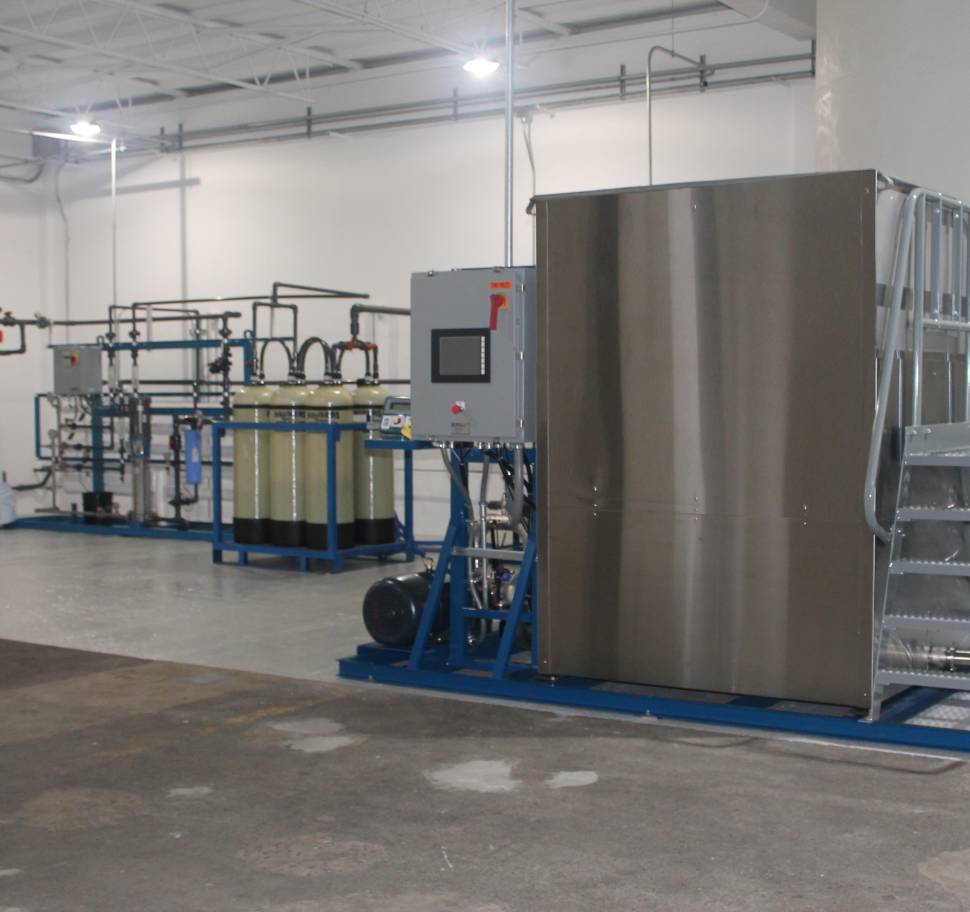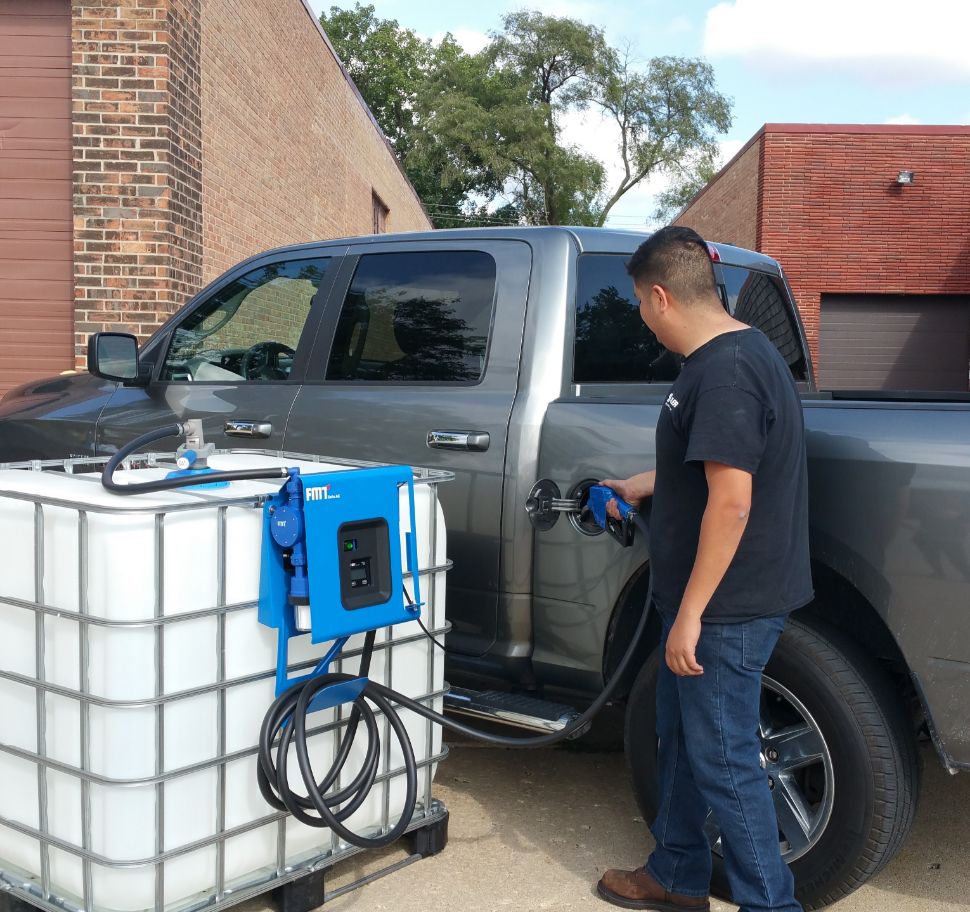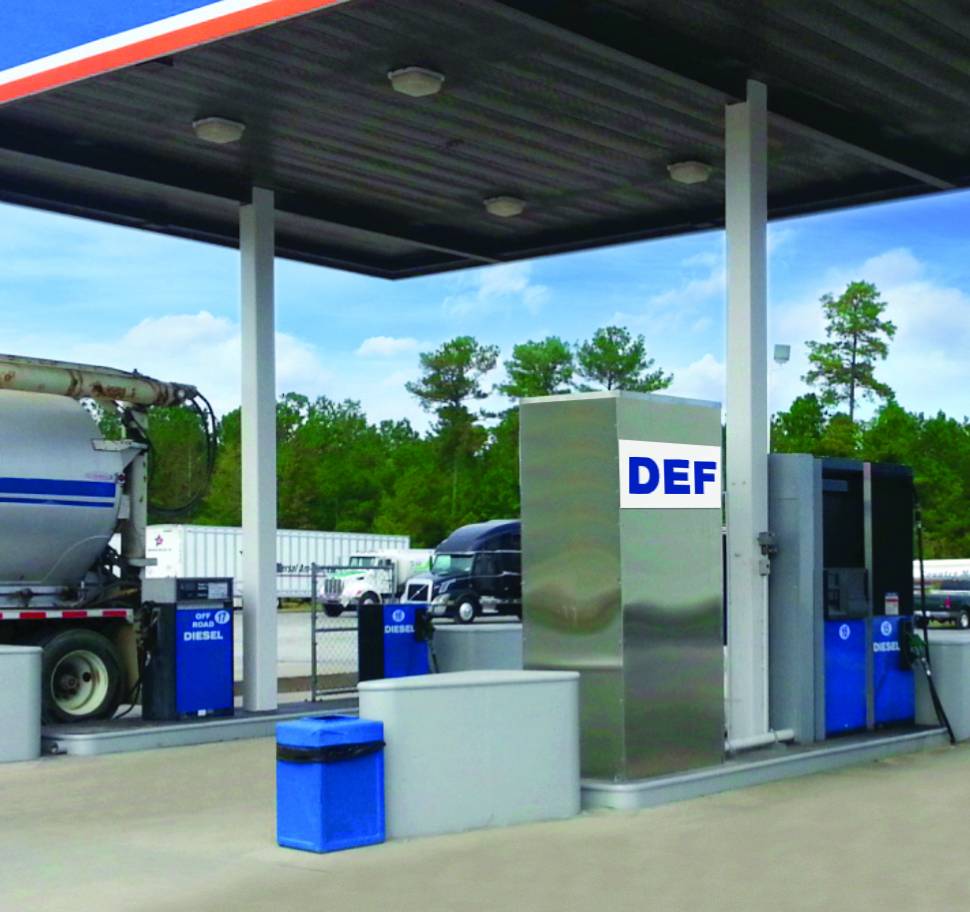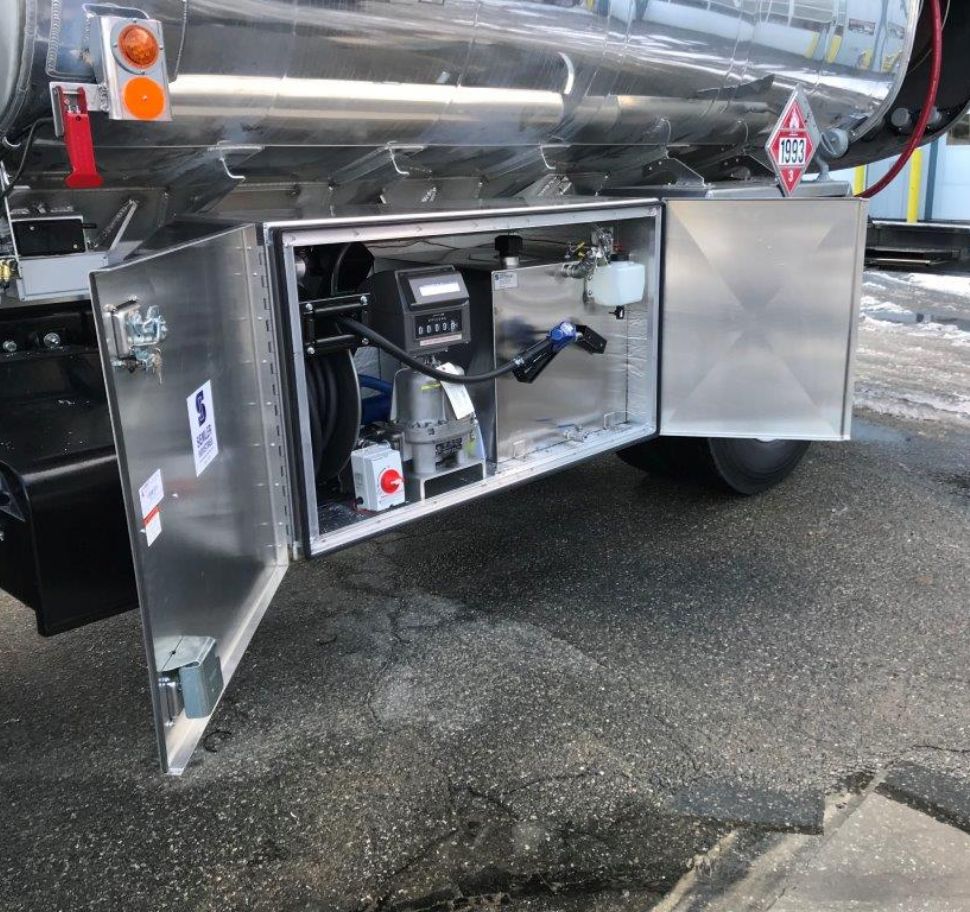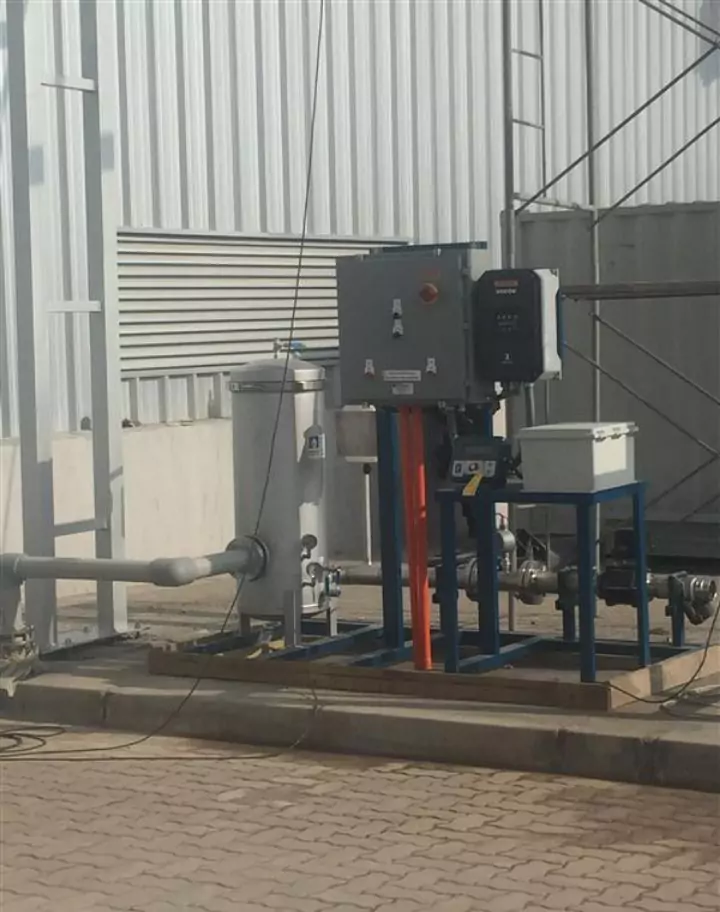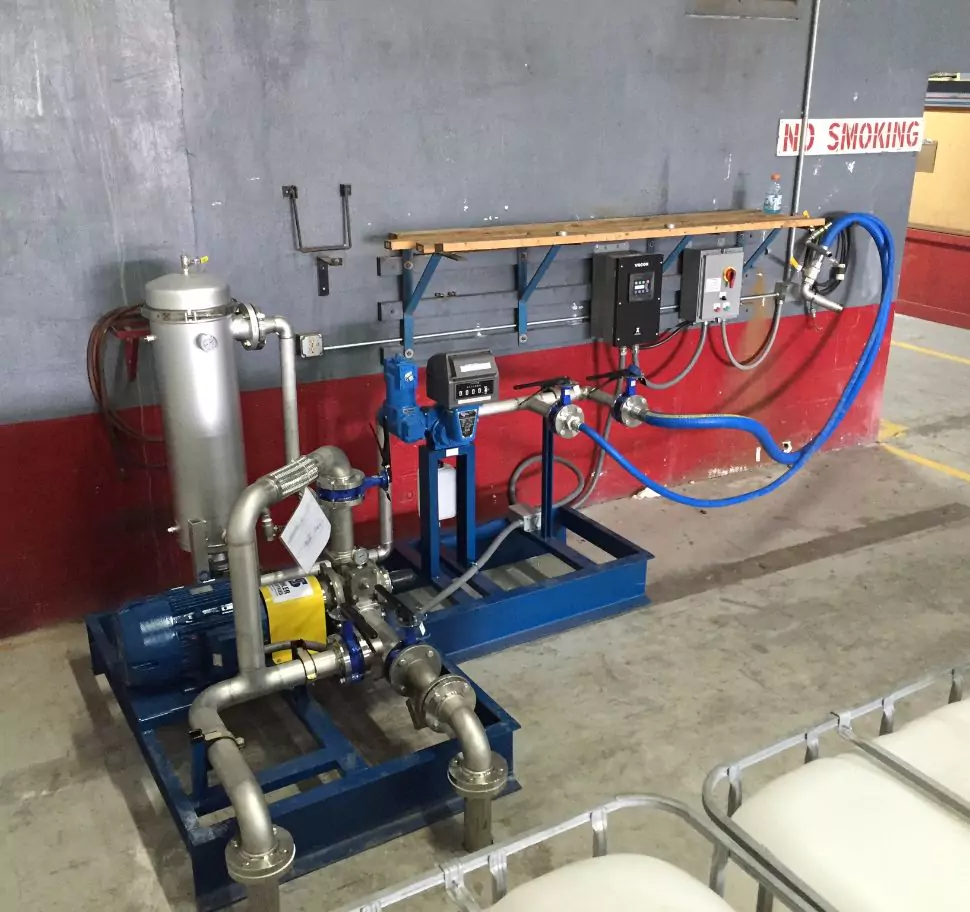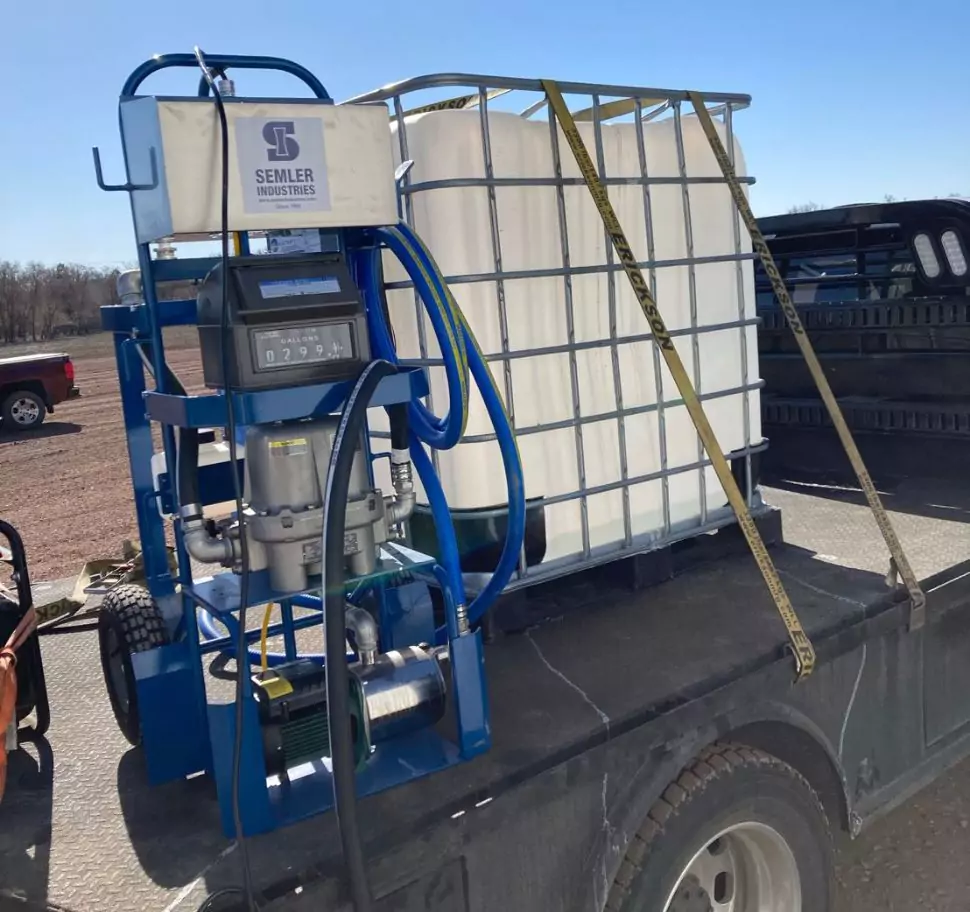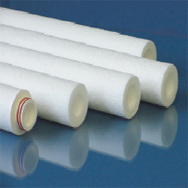Diesel Exhaust Fluid
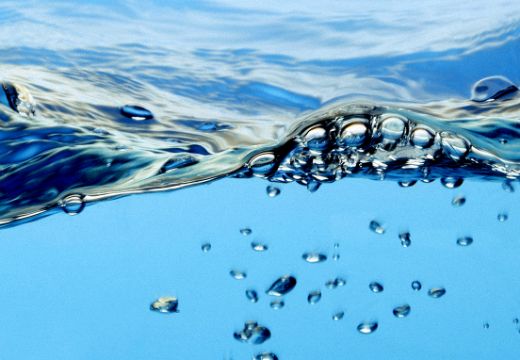
Semler Industries is proud to offer an extensive line of diesel exhaust fluid products, including our DEF-Distributor™ transfer systems. From low-flow drum dispensing to high-volume storage and transfer, everything we do is focused on maintaining the quality of the fluid and making it easy for you to handle.
Offering Solutions for
FIND A REP
